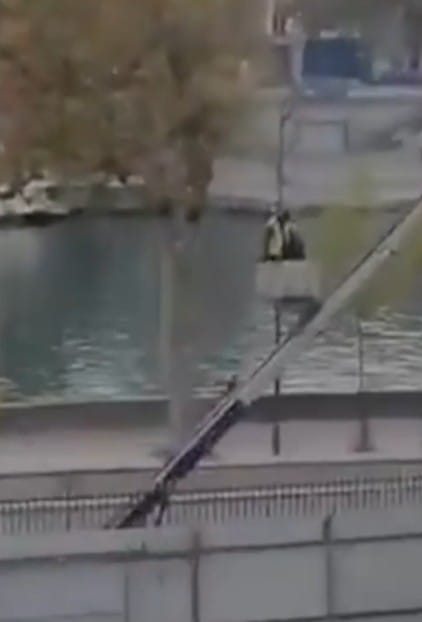In a crime straight out of a cinematic thriller, Paris — a city synonymous with grandeur and guardianship of European heritage — has once again found itself exposed. Two suspects have now been arrested in connection with the daring daylight theft of royal jewels from the Louvre’s Galerie d’Apollon. But as the French justice minister admits, the real loss may be France’s international image, trust in its cultural institutions, and the haunting repetition of history.
The heist saw €88 million worth of regal treasures snatched in less than five minutes — including tiaras, necklaces, and earrings once worn by Empress Eugénie and Queen Marie-Amélie. This was not a simple burglary. It was a calculated, audacious assault on France’s monarchy-era legacy — and a symbolic unraveling of the very history these artefacts once adorned.
A Heist with Historical Echoes
This isn’t the first time Paris has witnessed royalty robbed. From the theft of Marie Antoinette’s infamous necklace in the 18th century to the Nazi plunder of Jewish collections during WWII, France has long been both a stage and spectator of stolen opulence.
But unlike historical looting driven by revolution or war, this heist unfolded amidst peacetime, under the nose of 21st-century surveillance — or rather, a stunning lack thereof. In fact, preliminary reports suggest a third of the rooms in the targeted Louvre wing had no CCTV coverage at all. One security camera meant to monitor the break-in route was facing the wrong direction.
The comparison is stark: as France lectures former colonies about restoring looted heritage, its own museums struggle to protect theirs. Are these not the fractures of an empire that never fully accounted for its own legacy?
Thieves of the Past, Fugitives of the Future
The arrested suspects, found attempting to flee to Algeria and Mali, cast an ironic shadow over France’s colonial history. That colonial riches once flowed from Africa to Paris — often forcibly — and now precious symbols of that era are fleeing back in the opposite direction is a poetic twist that hasn’t gone unnoticed.
It also reopens conversations about how Europe displays power through possession. Museums like the Louvre, with vast halls dedicated to imperial spoils, are not neutral spaces. They are curated expressions of dominance. To breach them is to symbolically disrupt that story — a new kind of protest in the age of fracture and reckoning.
Cracking Under Pressure: Security, Prestige, and the Climate of Risk
The Louvre, with its 10 million annual visitors, is more than a museum — it’s a fortress of prestige. And yet, this incident exposed its crumbling infrastructure. Outdated cameras, understaffed patrols, and blind spots in its architecture paint a troubling picture of complacency.
In the words of art detective Arthur Brand, “these jewels may already be cut, melted, and gone forever.” Like glaciers melting unnoticed until the flood, cultural loss doesn’t always scream — sometimes it slips silently into oblivion.
It’s here the metaphor of climate change offers an eerie parallel. Just as we ignore early warnings about environmental degradation until catastrophe strikes, so too do institutions ignore systemic weaknesses until looters exploit the cracks.
The Cost of Glamour
What’s at stake isn’t just monetary. It’s symbolic capital. The jewels were more than ornaments — they were wearable artefacts of France’s monarchic and imperial past, worn by women who shaped European diplomacy through marriage and myth. Their disappearance raises uncomfortable truths: about how we protect the past, how we frame national identity, and how we fail to learn from repeated warnings.
Some experts argue the Louvre’s solution — moving treasures into the subterranean vaults of the Bank of France — is prudent. Others call it defeatist. Should the answer to vulnerability be retreat, or reinvention?
More Than a Heist
The Louvre robbery is not just a headline-grabbing theft. It’s a mirror reflecting back France’s uneasy relationship with its past, its present-day fragility, and the enduring allure of power-laced treasure.
Until the jewels return — if they ever do — France must contend not only with what was stolen, but with what the theft reveals about a nation built on spectacle, secrecy, and centuries of stolen splendour.




